︎What I’m Working On︎Thomas Allen Harris︎What I’m Working On︎Thomas Allen Harris︎What I’m Working On︎Thomas Allen Harris
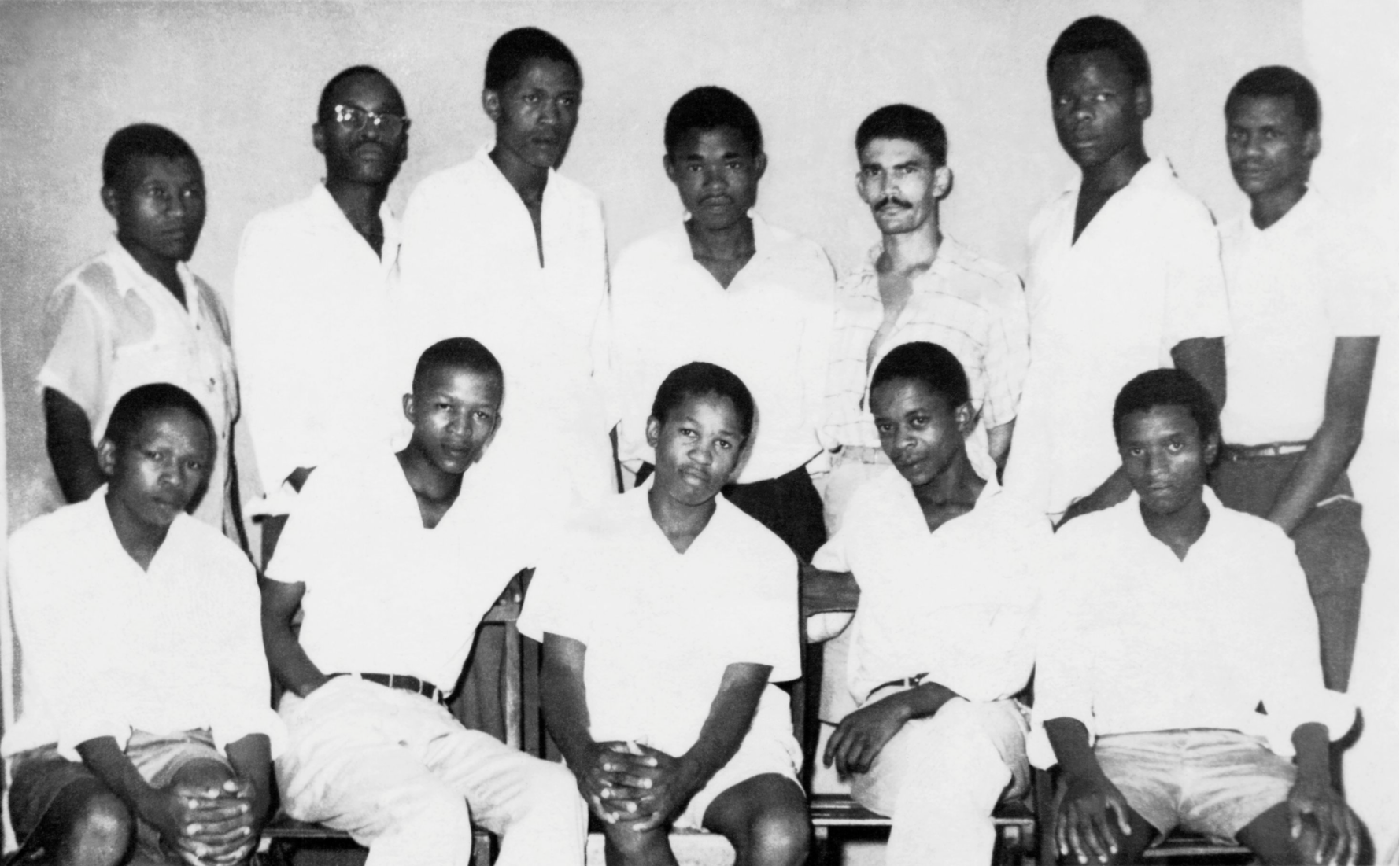
Still from Twelve Disciples of Nelson Mandela: A Son’s Tribute to Unsung Heroes, 2005. Courtesy of Thomas Allen Harris.
What I’m Working On
Thomas Allen Harris
Thomas Allen Harris
This September at CCAM, for the first Wednesday Wisdom event of the semester, I presented “Archive Aesthetics and Community Storytelling”, an online exhibition of works curated by students who have taken my film production course of the same name. This class encourages the creation of projects drawn from personal and public archives, taking form as media, photography, and installation. In short media projects, students employ their own family archives as well as those of the Beinecke and Sterling Library at Yale and beyond to explore issues and themes around migration, citizenship, class, history, familial relations, loss, and love. It was a great evening of compelling nonfiction work that surprised and inspired a robust CCAM digital audience.
Since I began teaching at Yale in 2016, I’ve had students curate work that was produced in these various courses into exhibitions across campus, including at the Whitney Humanities Center and at CCAM. It was wonderful to see and help them create, in response to COVID-19, an online iteration of this exhibition, one which highlights the powerful and deeply personal work for an even larger audience not only from the Yale and New Haven communities but also from a wide array of artists, curators, writers, programmers, and students from other universities and afar. The event was also an occasion to announce the creation of a new archive of Yale student films on FilmNet, created by and featuring the work of my students. I am thankful to Aaron Peirano Garrison and Ayla Khan for conceptualizing and spearheading this effort. As my Yale film colleague Professor Charlie Musser mentioned during the Q&A: “This fills a significant gap in our existing Yale archives.”
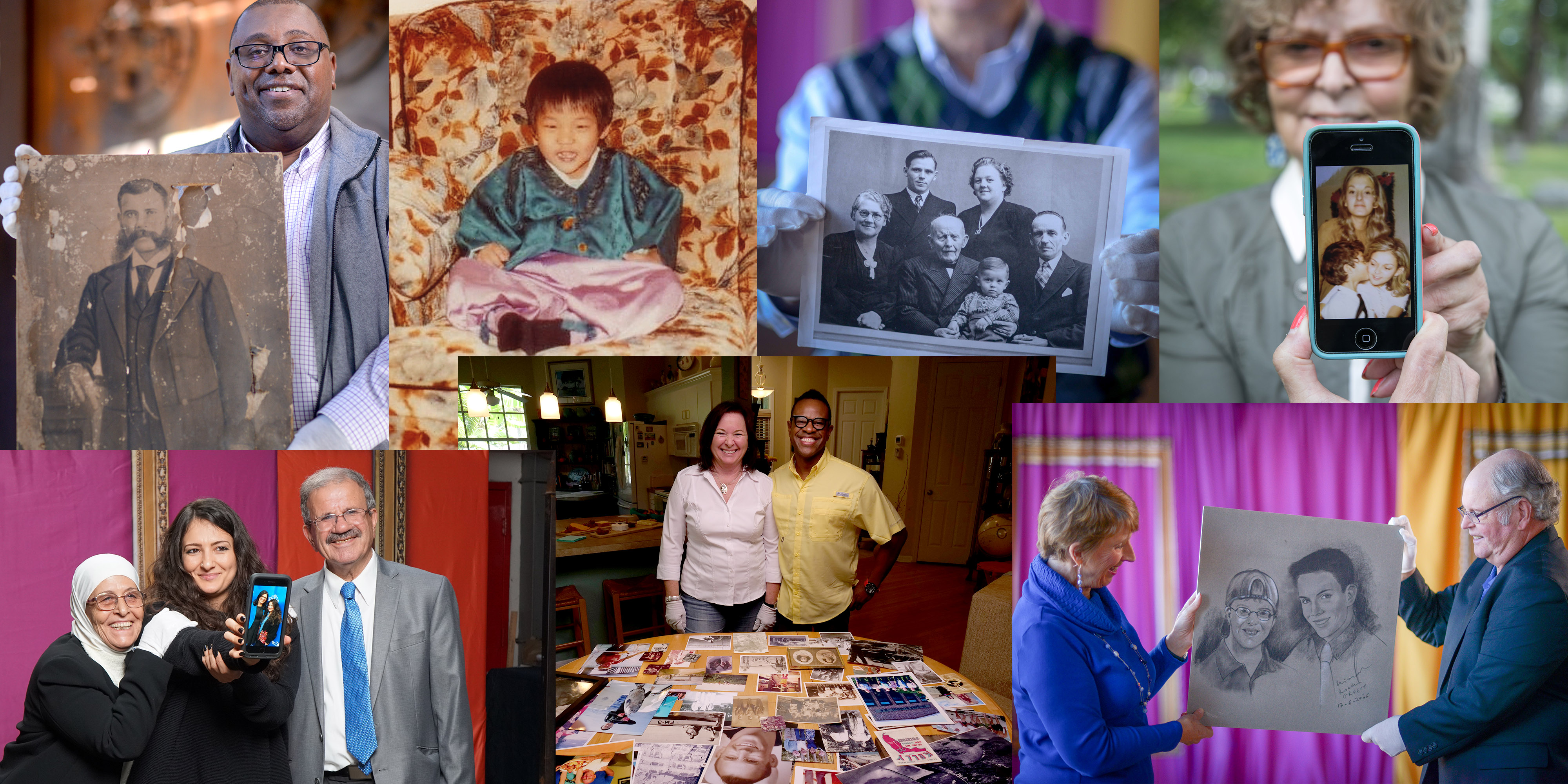
Collage from Family Pictures USA. Courtesy of
Thomas Allen Harris.
Many of the students featured in the exhibition had also taken the theoretical course that I teach within African American Studies, entitled “Family Narratives/Cultural Shifts.” It focuses on personal films by documentarians, artists, activists, and agents of change who draw on their family and personal archives to make films that speak truth to power. Students are guided to delve into the archives at the Yale libraries and around the world, including scrapbooks by former students; photographic and media collections documenting various social movements; personal papers; and family photographic collections. They are encouraged to examine parallels and disjunctures between these and the visual narratives that are passed down within their own families, as well as the archives they are currently generating.
The students are also encouraged to explore and examine modes of community storytelling. As part of this course, in the fall of 2019, CCAM hosted our Ability & Inclusion Symposium which centered around the work of visually-impaired artist Rodney Evans and his documentary “Vision Portraits.” It is a personal film that explores both his sight loss and profiles a group of differently-abled artists and writers. In collaboration with a variety of partners across Yale, the event focused on issues around navigating space, practice, and art with differently-abled, gender-nonconforming, queer, and racialized bodies. In addition to Evans, the panelists included Emilie Gossiaux (artist and recent Yale MFA School of Art graduate), Crystal R. Emery (award-winning New Haven filmmaker, producer, and activist), and Joel Sanders (Professor in School of Architecture and Director of the Post-Professional M.Arch Program at Yale and fellow CCAM advisory board member). It was a powerful conversation about process, work, design, and representation from the perspective of differently-abled communities and their allies.
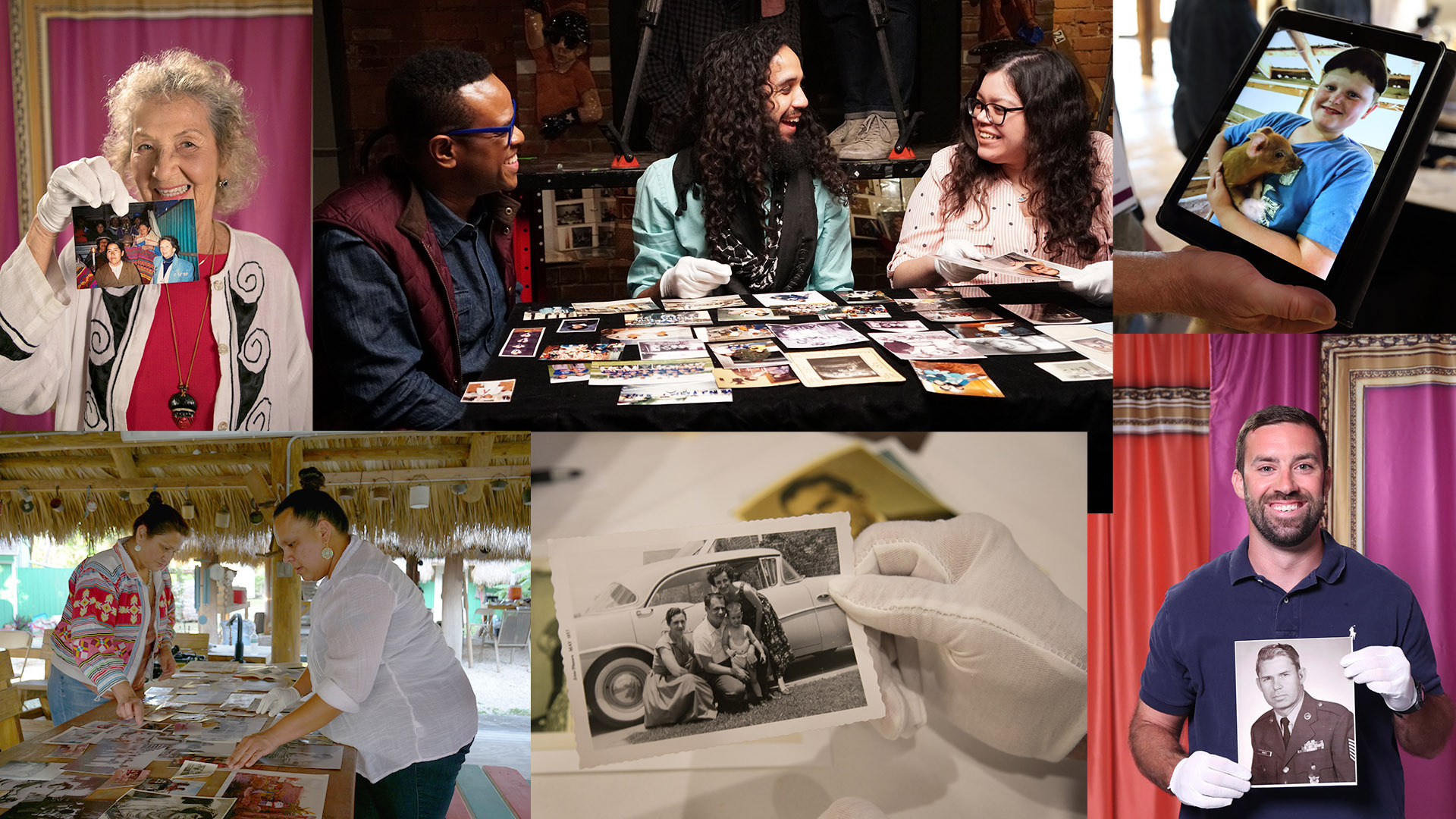
Collage from Family Pictures USA. Courtesy of
Thomas Allen Harris.
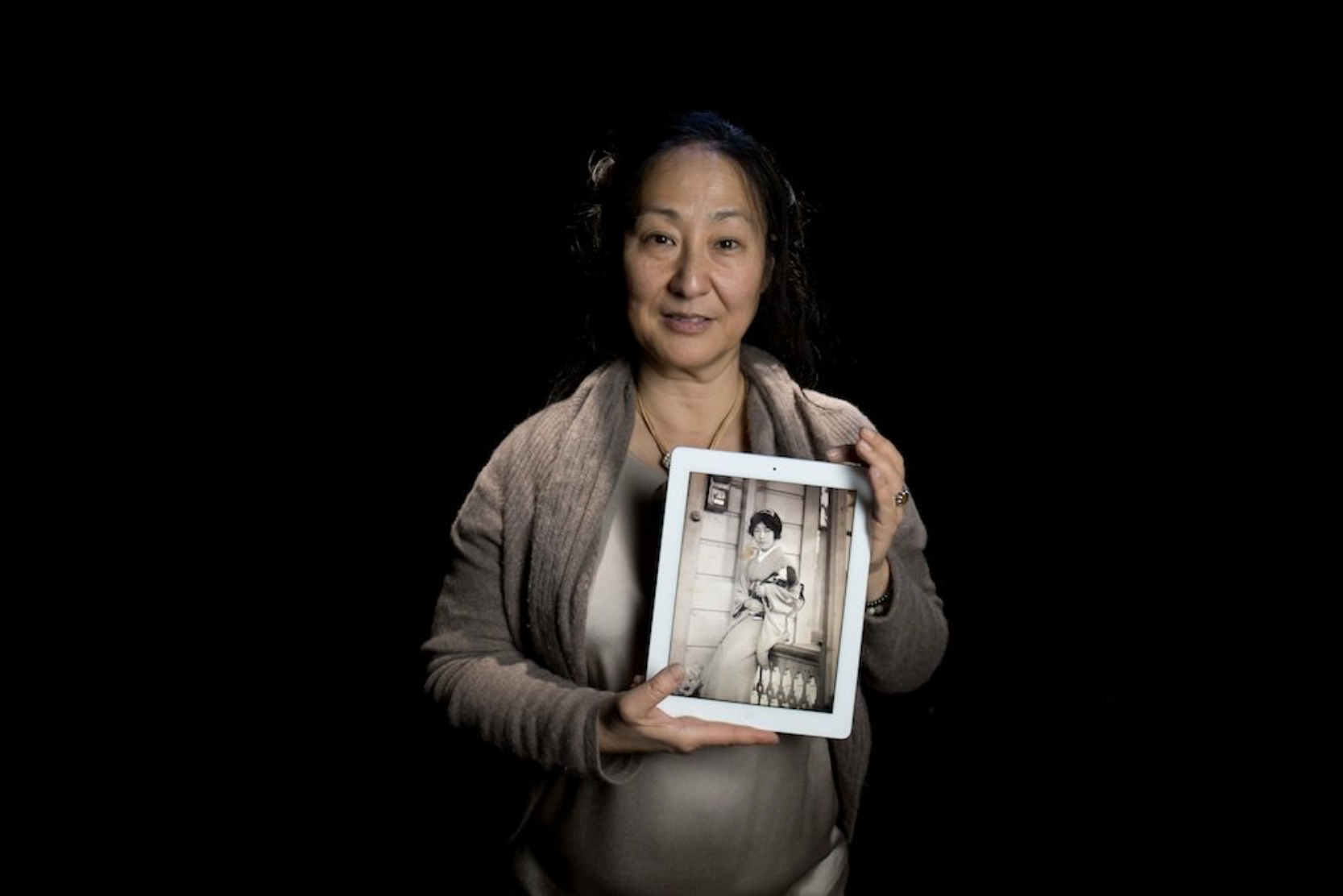
Still from Family Pictures USA. Courtesy of
Thomas Allen Harris.
CCAM’s commitment to intersectionality both between and within disciplines gives greater latitude to students exploring the connections across a variety of media and the possibilities therein. As an artist who employs film and video, installation, performance, photography, television, new media, and critical essay, CCAM provides me with a fertile ground; it is an ideal place for my courses as well as research pursuits. My work queers narrative modalities to reformulate ideas around family, gender, community, and race. Drawing from the rich heritage of the African-American literary and artistic canon, I seek to re-interpret and expand concepts around identity, autobiography, and representation.
︎My work queers narrative modalities to reformulate ideas around family,
gender, community, and race.
I come from a African Diasporic family of image makers, storytellers, and archivists going back three generations. When I purchased my first video camera in the early 1990s, I was quite naturally drawn to explore familial stories and their impact on our individual and collective identities. My first film Splash (1991) was a meditation on race and gender identity. This was followed by a series of performance-based videotapes—Black Body (1992); Heaven, Earth and Hell (1993); Encounter at the Intergalactic Café (1996); Blue Baby (1999); and About Face: The Evolution of a Black Producer (2017)—that satirically examine identity and representation while investigating African Diasporic cosmologies and ritual practices. In each of these tapes, I draw upon the rituals and/or persona of Eshu, the Yoruba trickster deity and guardian of the crossroads—the electric juncture that unites the material and spiritual worlds. In my installations Alchemy (1998), AFRO (is just a hairstyle): Notes on a Journey Through the African Diaspora (1999, 2011), and Mother Bethel, Harlem USA (2018), I used wall-sized video projections, photography, and architectural devices to place audiences within an environmental crossroads. Many of these works invite family, friends, and students to work in collaboration.
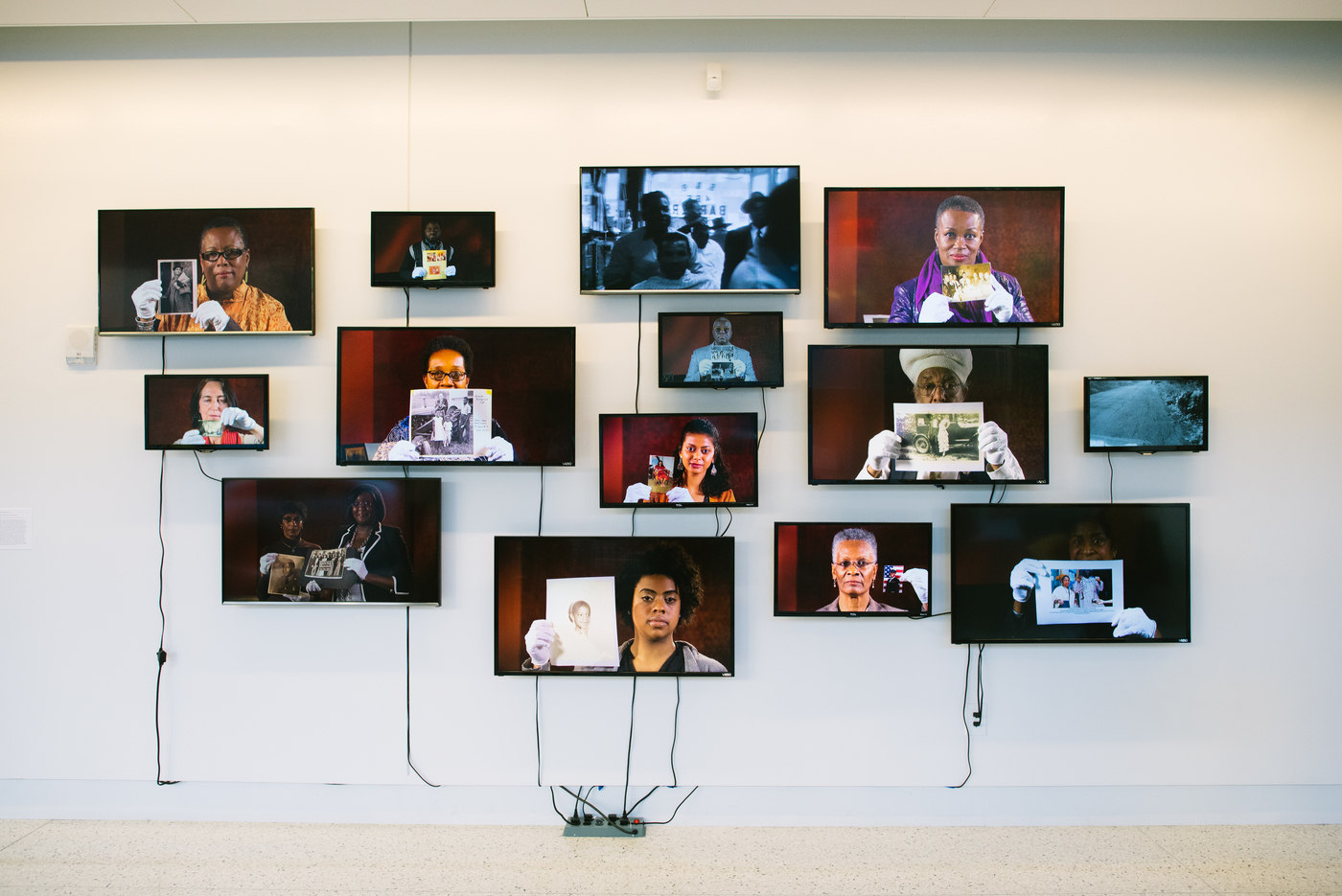
Mother, Bethel, Harlem USA, Digital Diaspora Family Reunion at Hunter East Harlem Gallery, 2018. Courtesy of Thomas Allen Harris
With my non-fiction feature-length films, I have been pioneering a socially-engaged community art-film participatory practice that draws on the theme of the family album to explore intersecting as well as diasporic identities. VINTAGE • Families of Value (1995) intimately explores three African-American families through the eyes of queer siblings, including my brother and myself, three sisters, and a brother and sister. Here, I was interested in using shared filmmaking strategies to look beyond the traditional American nuclear model by placing the camera into the hands of three different families.
That’s My Face/É Minha Cara (2001) is a mytho-poetic journey that comparatively explores Black identity in Brazil, the USA, and East Africa. Drawing on home movies shot by my grandfather, my South African stepfather, and Super 8 footage shot by me (and friends and collaborators) during the Afro-Brazilian festivals leading up to the annual Carnival, the film critically examines the interplay between affinity, identity, mythology, and desire in the construction of real and imagined communities.
Twelve Disciples of Nelson Mandela: A Son’s Tribute to Unsung Heroes (2005) is a documentary about the first wave of South African exiles (among them, my late stepfather, B. Pule “Lee” Leinaeng) who left the country in 1960 to heed Nelson Mandela’s call to create what would become the global anti-apartheid movement. When Lee died, I took his photo album back to South Africa and used it to reintroduce the forgotten story of these early freedom fighters by engaging a group of over one hundred non-professional actors to tell the story on film. This project, part-documentary and part-dramatic recreation, was the first time that I got a chance to see how family albums could reconnect communities and societies with a lost history that had deeply affected their present reality.
The above three films comprise the Paulding Avenue Trilogy, named after the family’s Pan-African revolutionary household in the Bronx during the 1960s, 1970s, and 1980s. It was a site that generated many of the archival materials that I examine in these works. As the late curator Okwui Enwezor wrote in the NKA Journal of Contemporary African Art in 2004, this trilogy pioneered new ways of engaging the personal archive to open up new non-fiction narratives and methodologies that serve to highlight and give voice to marginalized communities.
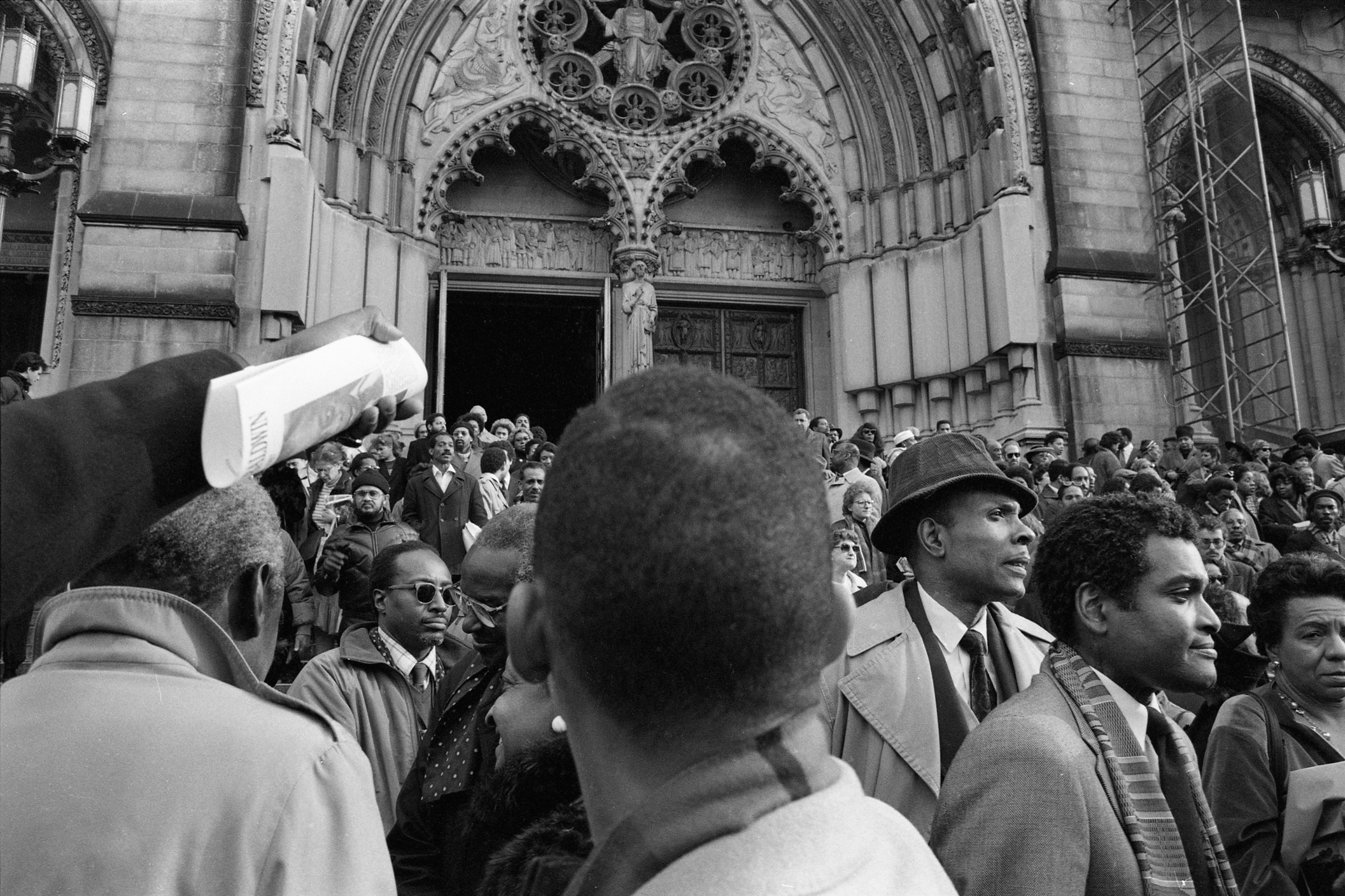
(Untitled) Crowd Exiting the Funeral of Mr. James Baldwin, Cathedral of Saint John the Divine, 1987. Photo by Thomas Allen Harris
My 2014 documentary, Through A Lens Darkly: Black Photographers and the Emergence of a People, began when my friend, the photo historian Deborah Willis, invited me to do a filmic interpretation of her groundbreaking book, Reflections in Black, which focused on the historical contributions of Black artists to the field of photography. While I was in production on the film, I drew from the participatory practice of previous projects to create (in 2009) Digital Diaspora Family Reunion, LLC (DDFR), a socially-engaged art project that aimed at refashioning the family photo album in the digital age as a tool for community storytelling and empowerment.
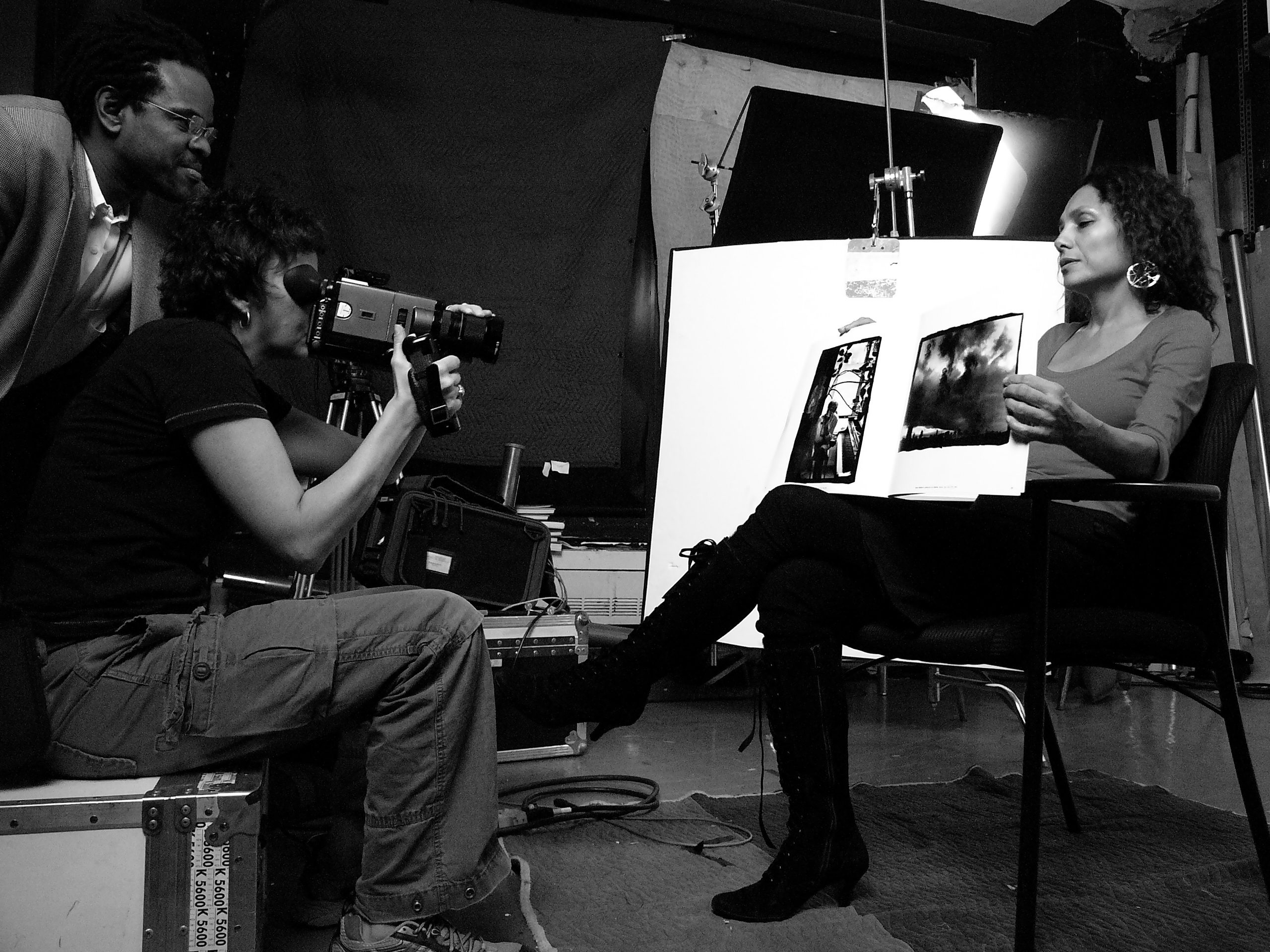
Production still from Through a Lens Darkly, 2014. Courtesy of Thomas Allen Harris
With DDFR, we created a narrative methodology centered around intimate family photographs and using community photo sharing to enable family members and strangers to embark on their own journeys of discovery through individual and collective archives. This has resulted in exhibitions, films, art projects, books, and much more. We have held live photo-sharing events with partners such as libraries, universities, museums, galleries, cultural centers, mental health facilities, senior centers, film festivals, public housing authorities, and philanthropy groups. We’ve impacted thousands of people, many of whom we’ve recorded speaking about their family photographs. In the process, we created our own archive of videos and over 50,000 images. Over the eleven years of touring to over 70 cities nationally and internationally, this project has had a profound impact on a number of fields, including museum curation, libraries, diversity and inclusion, oral history collection, archival studies, and art-making.
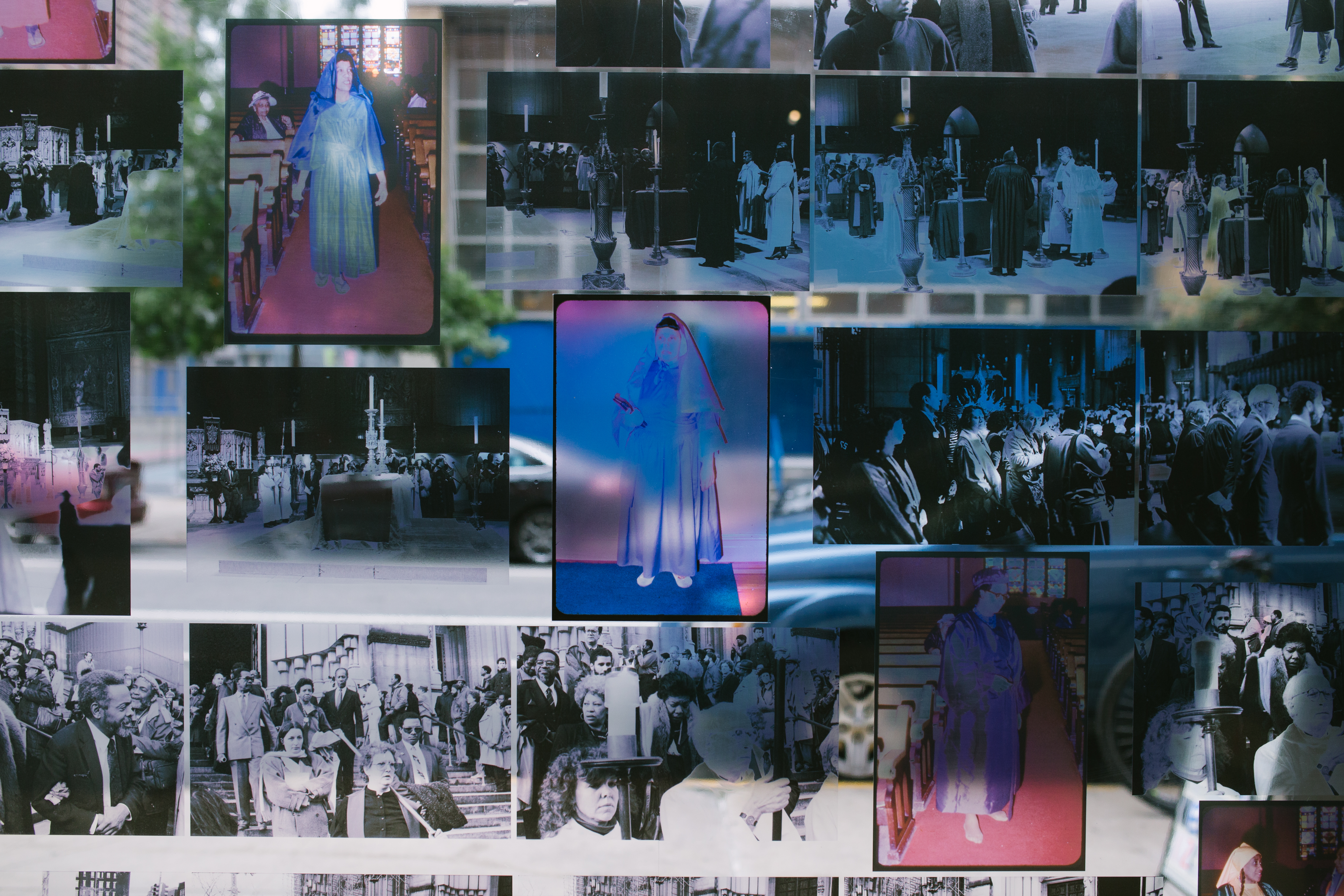
Suns of Harlem: An Ode to Grandma and Mr. James Baldwin, installation detail, 2018. Courtesy of Thomas Allen Harris.
Having interviewed over 4,500 people about their family photographs, I appreciate the power of the photo album to reveal what Howard Zinn refers to as a “people’s history” of family, community, and nation. The DDFR project and my personal obsession with the family album quite naturally evolved into Family Pictures USA (2019), a national PBS television series that constructs a people’s history of America through the lens of the family photograph. The series was broadcast to 5.3 million viewers and continues to air. During COVID-19, we have pivoted to digital broadcast versions of the show while developing Season Two.
︎I appreciate the power of the photo album to
reveal what Howard Zinn refers to as a “people’s history” of family, community,
and nation.
As part of this project, I am collaborating with a variety of scholars, storytellers, new media start-ups as well as fellow artists at the Open Documentary Lab at MIT; CCAM; the Hunter College Integrated Media Arts MFA; and several other organizations on various interfaces to make our evolving archive and methodology more accessible. For instance, the interdisciplinary media-maker Andrew Demirjian and I are currently developing an interactive art installation that applies custom-designed natural language processing software to analyze linguistic and semantic information in the Family Pictures USA interview archive. The goal is to enable participants to query the vast database of experiences to see and hear testimonies on topics and feelings that help unite us. The project will allow us to continue to build communities around a digital diaspora as depicted in the family photo album. Gathering all of these photos and stories from various communities together reveals a more nuanced and diverse historical narrative that spans generations and geographies.
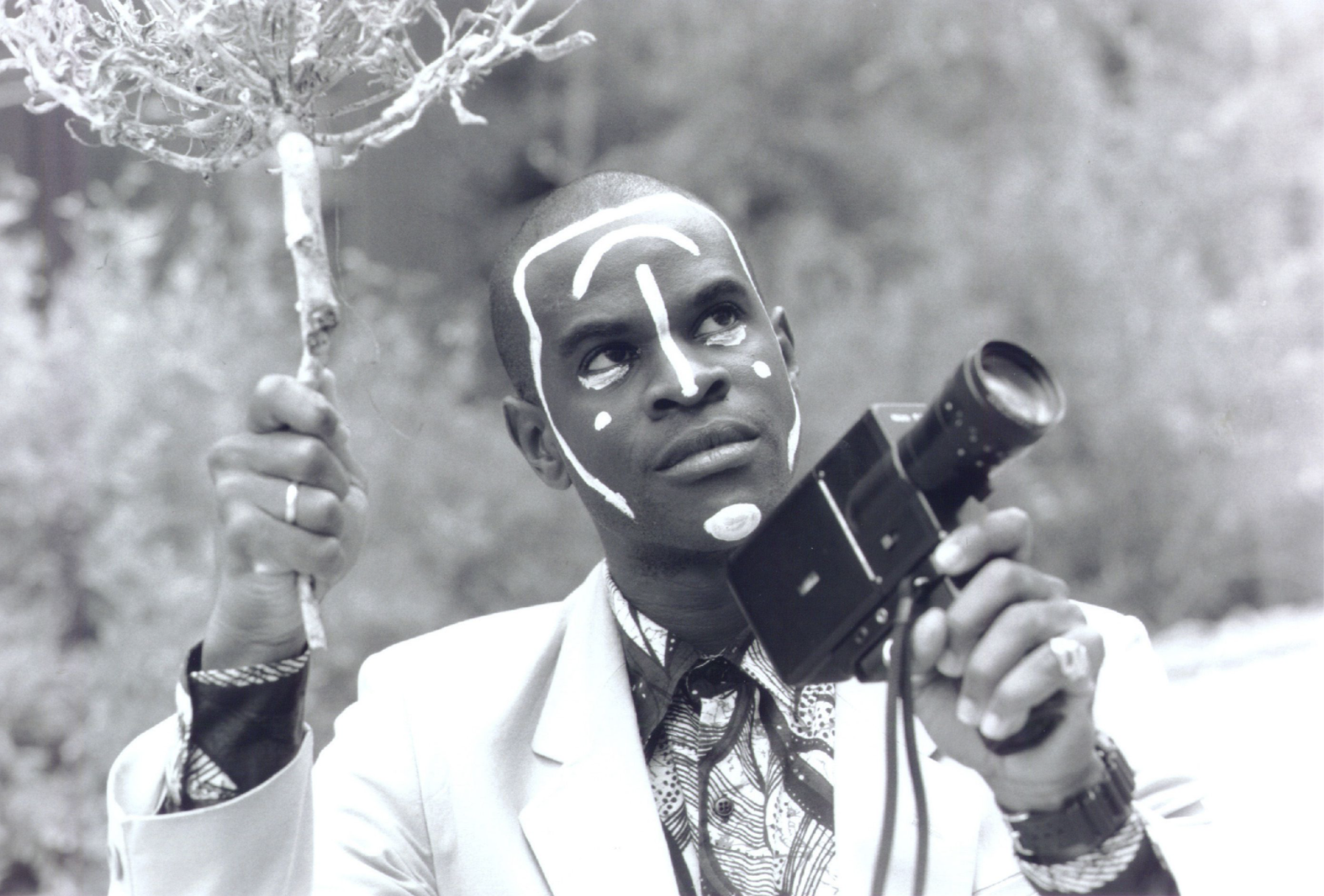
Production still from É Minha Cara/That's My Face, 2001. Courtesy of
Thomas Allen Harris.
My hope is that all of these initiatives will help to break down the stereotypes and other barriers that divide us. In this way, it is immensely timely. The family photos and stories provide a certain grounding in an uncertain age. As the themes and similarities between family photos and stories coalesce, a meta-narrative forms and a new national family album emerges, fully enriching the narrative of this country. Acknowledging our common roots through sharing the stories within our family photos can illuminate new paths to a stronger, more cohesive, sense of identity, country, and world.
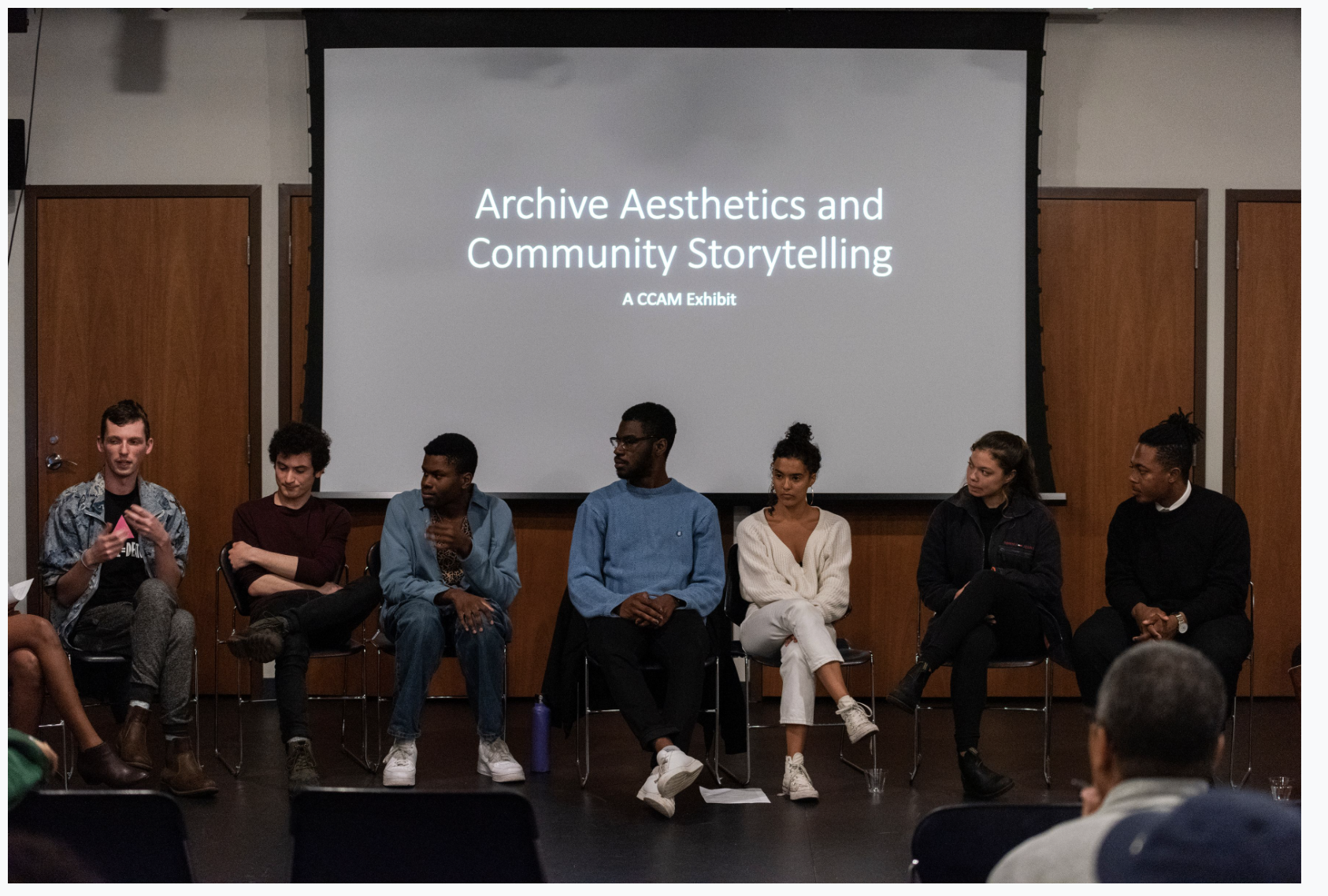
From the “Archive Aesthetics and Community Storytelling” event, 2019. Courtesy of Thomas Allen Harris.
My students draw from this research, experience, and methodology to create their own media projects. The short pieces they screened at the CCAM Wednesday Wisdom event were bold and deeply personal works that shine new light on family and identity, while traversing diasporic journeys (from Asia, Africa, Europe, the Americas, and Australia) connecting old and new worlds. Just as the family album seeks to unite people across time, space, and differences, the works created by students in these courses are also journeys that culminate in linkages, helping us to understand nuances of identity while connecting personal relationships to larger cultural, social, and historical forces and movements. I am excited for the ways this methodology can help increase our appreciation for diversity, while continuing to educate and empower communities.